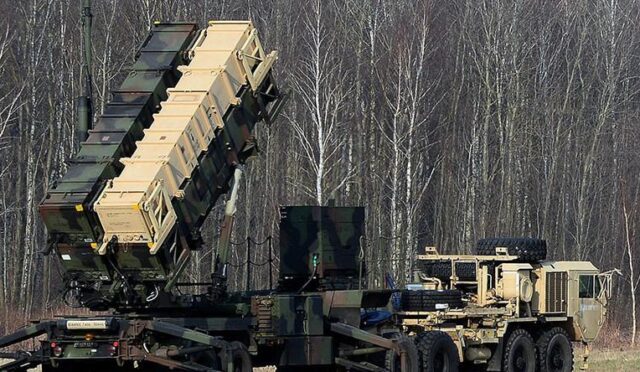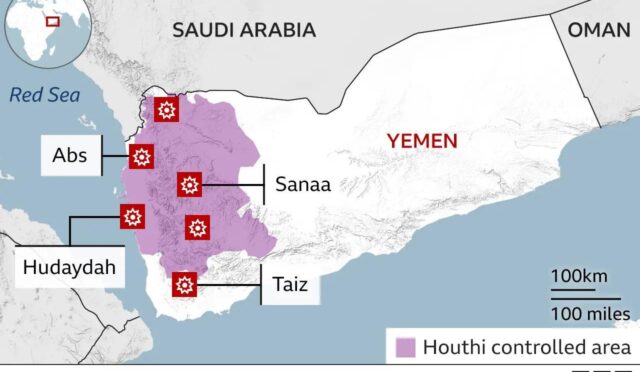Norwegian F-35 Fighters Fly on Synthetic Fuel for the First Time
Norwegian F-35 fighter jets have marked a significant achievement by successfully completing their first flight using synthetic aviation turbine fuels. This landmark event took place at Ørland Air Station, located on the west coast of Norway, and demonstrated the aircraft’s ability to operate on fuel mixtures that include up to 50 percent alternative sources. The test flight is viewed by Lockheed Martin, the aircraft’s manufacturer, as a crucial step forward in reducing emissions while ensuring that mission readiness is still maintained.
The move to synthetic fuel is expected to lessen Norway’s reliance on conventional supply chains, thereby enhancing the operational flexibility of its F-35 fleet, especially in scenarios where fuel availability may be restricted. This initiative not only supports environmental goals but also bolsters the overall efficiency of military operations in a rapidly changing global landscape.
Understanding Synthetic Aviation Fuels
Synthetic aviation turbine fuels are produced from a blend of renewable and non-renewable resources. The renewable components primarily consist of waste oils, agricultural byproducts, and various feedstocks, while the non-renewable sources include fossil fuels such as coal and natural gas. This dual sourcing allows for a more sustainable approach to fuel production, aligning with global efforts to reduce carbon footprints.
The development of synthetic fuels is part of a broader trend within the aviation and military sectors, which are increasingly focused on sustainable fuel options. This trend reflects growing concerns over climate change and a commitment to reducing greenhouse gas emissions across all industries.
Global Advancements in Synthetic Fuel Technology
In April 2022, significant advancements in synthetic fuel technology were showcased when the United States and the United Kingdom conducted their inaugural flight tests of drones powered by synthetic fuel. This innovative fuel was produced by fermenting sugar-rich materials, including food waste, with bacteria to generate an oil-like substance, which was then transformed into fuel using heat and chemicals. During these tests, a fixed-wing drone was able to fly for 20 minutes using approximately 15 liters (4 gallons) of synthetic fuel.
Additionally, the UK Royal Air Force made strides in sustainable aviation by completing its first flight of a Voyager military transport aircraft, powered entirely by sustainable aviation fuel derived from cooking oil. This successful 90-minute flight further underscores the potential of synthetic fuels to meet military needs while addressing environmental concerns.







